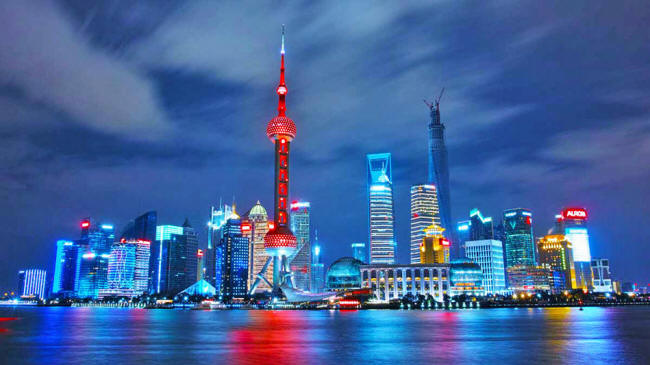|
by Dan Steinbock
from
ForeignPolicyJournal Website (Li Yang/Public Domain)
Recently, US academic Yasheng Huang argued on Wall Street Journal that,
By the same logic, Elon
Musk's forced resignation from Tesla would mean US slowdown.
In turn, Gordon F. Chang urges US tariffs against all Chinese imports as "necessary."
But these prophecies have
a pathetic track record. In 2001, Chang published
The Coming Collapse of China,
even as Chinese economy was about to grow sixfold in a decade.
Setting aside the hollow
prophecies, where is Chinese economy today?
Chinese growth amid
Trump's trade wars
Yet, analysts saw the cut as an affirmation of Chinese government's commitment to support the domestic economy.
In the new, more challenging status quo, accommodative monetary policy is likely to continue, along with further fiscal easing. In the short-term, China is responding and adjusting to US tariff wars.
In 2018, growth forecast
is 6.5% to 6.6%, thanks to strong first half of the year. Moderation
in the second half will reflect US tariff wars and consequent slower
demand growth.
Inflation is moderating and current account surplus could narrow more than expected. Trump tariffs are designed to hurt export growth and thus the growth of manufacturing investment.
Further, the White
House's sharpened tone suggests US trade hawks hope to instigate
capital outflows from China.
While substandard loans
and actual bank losses have been relatively low, "special mention"
loans - a category slightly above nonperforming loans - remains
substantial, though they have been declining.
Meanwhile, global
innovation hubs are expanding from Shenzhen to Shanghai and Beijing.
That could penalize China
by 1% of its GDP... but US GDP would suffer a 2% hit.
But that is an optimistic
projection because it downplays the full impact of the Trump
administration's effective tariffs, retaliations impact, the
inclusion of new potential tariff targets and subsequent collateral
damage.
According to the World Trade Organization (WTO), merchandise trade volume growth was expected to increase 4.4% in 2018. But as tariffs escalate trade tensions, the outlook is likely to be penalized.
In turn, world investment
soared to $2 trillion before the
2008 global crisis. Last year, it
fell to $1.5 trillion. As tariff wars spread, world investment is
likely to languish even more.
In advanced economies, the share of state-owned enterprises (SOEs) in national employment is about 5% to 15%. In the early days of Chinese reforms, the comparable figure in the mainland was over 75%; today barely 20%.
However, advanced
economies have had two centuries to reduce the role of SOEs in their
economies; China barely two decades.
As long as that front
remains absent, Trump's trade hawks can continue their bilateral
'rule-and-divide' tactics against individual economies - instead of
having to cope with the multilateral force of the global economy.
|


